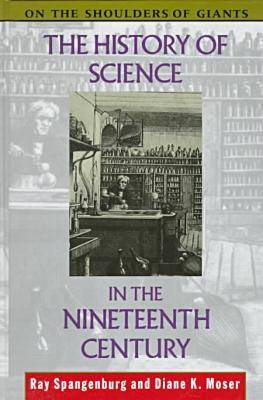This third book in the series covers the "Golden Age" of science, an era when science seemed to be at the forefront of human activity and scientists were making great and exciting advances, both applied and theoretical. The areas covered include: Volta's electric battery (1800); Herschel detects infrared light (1800); Davy invents the safety lamp for miners (1815); the Royal Astronomical Society founded (1820); Faraday's demonstration of the first electric motor (1821); Charles Babbage proposes the first modern computer (1822); Ohm's law (1827); Charles Darwin begins his five year voyage aboard the "Beagle" (1831); Samuel Morse's telegraph (1844); neanderthal skeletons discovered (1856); the "Bessemer Process" (1856); Louis Pasteur develops "pasteurization" (1856); first oil well drilled (1859); Mendel's theory of genes published (1856); Alexander Graham Bell patents the telephone (1876); Edison invents the incandescent electric light (1879); through to Madame Curie's isolation of the radioactive elements of radium and plutonium.
- ISBN10 0816027412
- ISBN13 9780816027415
- Publish Date 1 December 1993
- Publish Status Transferred
- Out of Print 24 April 2009
- Publish Country US
- Imprint Facts On File Inc
- Format Hardcover
- Pages 160
- Language English
